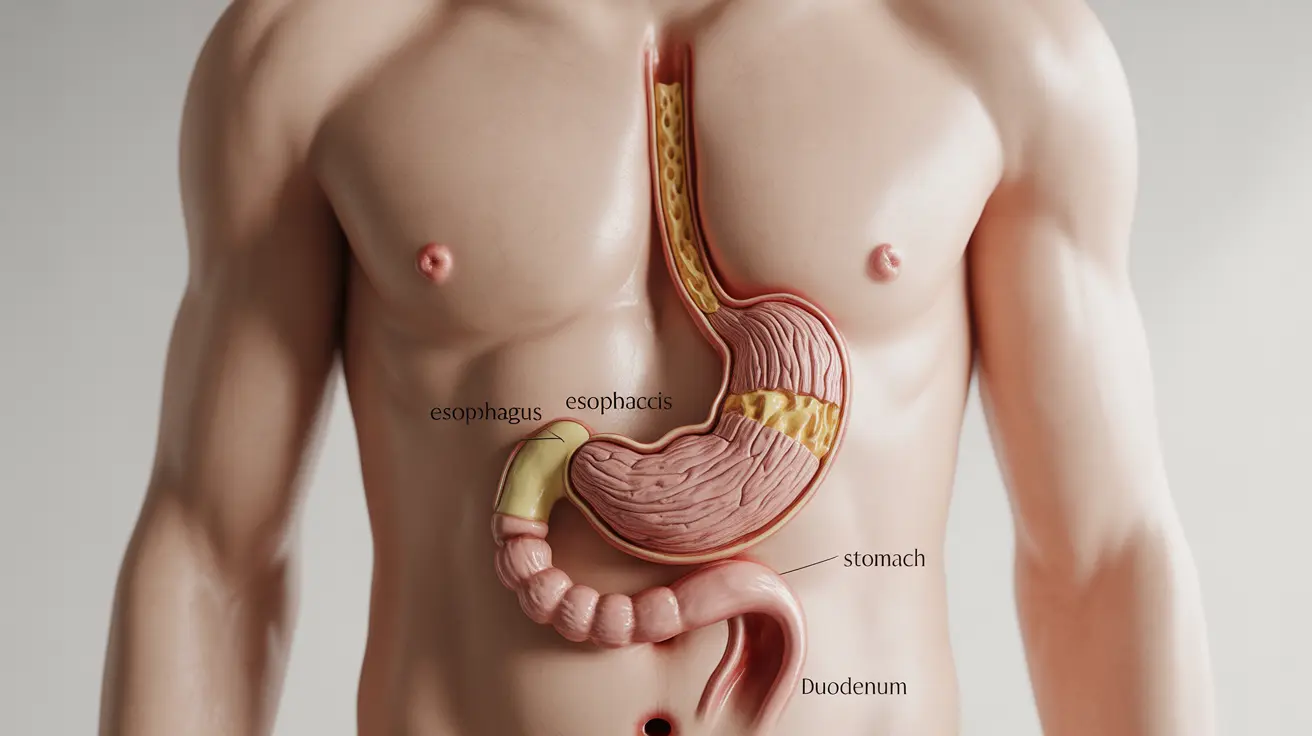Cystic fibrosis (CF) requires various medical procedures throughout a patient's life to manage symptoms and improve quality of life. From routine respiratory treatments to more complex surgical interventions, understanding these procedures is crucial for patients and caregivers navigating CF care.
This comprehensive guide explores the essential medical procedures used in CF management, including respiratory therapies, surgical interventions, and nutritional support methods that help patients maintain their health and manage complications.
Respiratory Clearance Procedures
Airway clearance techniques are fundamental in CF care, helping remove thick mucus from the lungs to prevent infections and maintain lung function. Several procedures are commonly employed:
Chest Physical Therapy (CPT)
CPT involves manual percussion and positioning techniques to loosen mucus in different lung areas. This procedure typically requires assistance from a trained therapist or family member and is performed multiple times daily.
High-Frequency Chest Wall Oscillation
Using a specialized vest that delivers rapid air pulses, this procedure helps break up mucus in the airways. Sessions typically last 20-30 minutes and are performed 2-4 times daily.
Positive Expiratory Pressure (PEP) Therapy
PEP devices create resistance when breathing out, helping keep airways open and mobilize secretions. This procedure can be performed independently and is often combined with other clearance techniques.
Surgical Interventions for CF Management
Sinus Surgery
Many CF patients develop chronic sinusitis requiring surgical intervention. The procedure involves removing infected tissue and enlarging sinus openings to improve drainage. Surgery is typically recommended when conservative treatments fail to manage severe sinus symptoms.
Feeding Tube Placement
When CF affects nutritional status, feeding tubes may be necessary. Two main types are commonly used:
- Nasogastric tubes (NG tubes) for temporary feeding support
- Gastrostomy tubes (G-tubes) for long-term nutritional management
Advanced Treatment Procedures
Lung Transplantation
For patients with severe lung disease, transplantation may become necessary. This complex procedure involves:
- Comprehensive pre-transplant evaluation
- Careful donor matching
- Extended post-transplant recovery and monitoring
- Lifetime immunosuppression management
Digestive System Procedures
CF can cause various digestive complications requiring specific procedures:
- Distal intestinal obstruction syndrome (DIOS) treatment
- Gastrostomy tube placement for supplemental feeding
- Endoscopic procedures for gastrointestinal evaluation
Frequently Asked Questions
What medical procedures are commonly used to clear mucus and improve lung function in cystic fibrosis?
Common mucus clearance procedures include chest physical therapy (CPT), high-frequency chest wall oscillation (vest therapy), positive expiratory pressure (PEP) therapy, and inhaled medications. These procedures help break up and remove thick mucus from the airways.
When is sinus surgery recommended for people with cystic fibrosis, and what does the procedure involve?
Sinus surgery is recommended when patients experience chronic sinusitis that doesn't respond to medical management. The procedure involves removing infected tissue, enlarging sinus openings, and improving drainage pathways to reduce infections and symptoms.
How do feeding tubes help manage nutrition in cystic fibrosis patients, and what types of feeding tubes are available?
Feeding tubes help ensure adequate nutrition when CF affects normal eating or absorption. Options include temporary nasogastric (NG) tubes and long-term gastrostomy (G-tubes). These devices allow direct delivery of nutrients, medications, and supplemental feeding.
What are the indications and process for lung transplantation in advanced cystic fibrosis cases?
Lung transplantation is considered when patients have severe lung damage and poor lung function despite optimal medical therapy. The process involves extensive evaluation, waiting list placement, donor matching, and lifelong post-transplant care.
How do doctors treat intestinal blockages and other digestive complications caused by cystic fibrosis?
Doctors treat intestinal blockages through a combination of hydration, medication, and sometimes surgical intervention. Treatment may include oral laxatives, intestinal lavage, or in severe cases, surgical removal of the blockage. Prevention focuses on proper enzyme replacement therapy and hydration.




